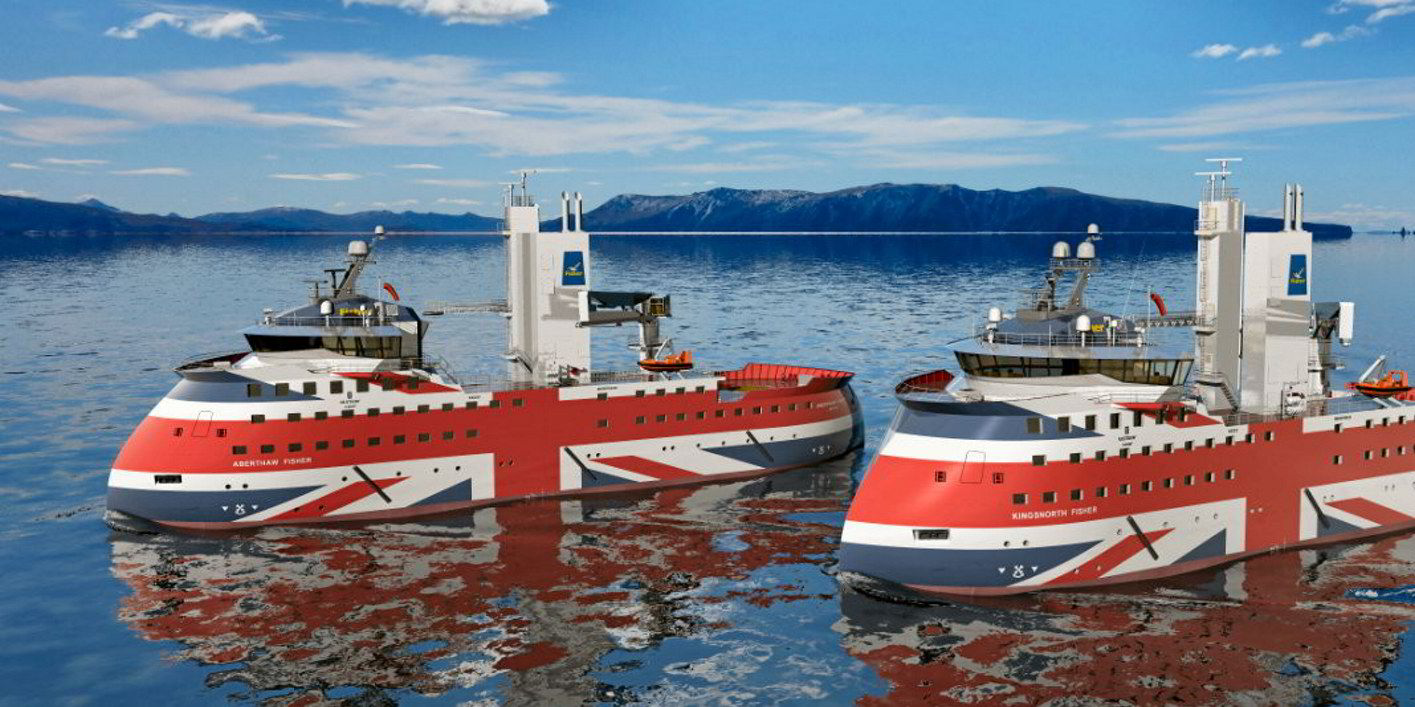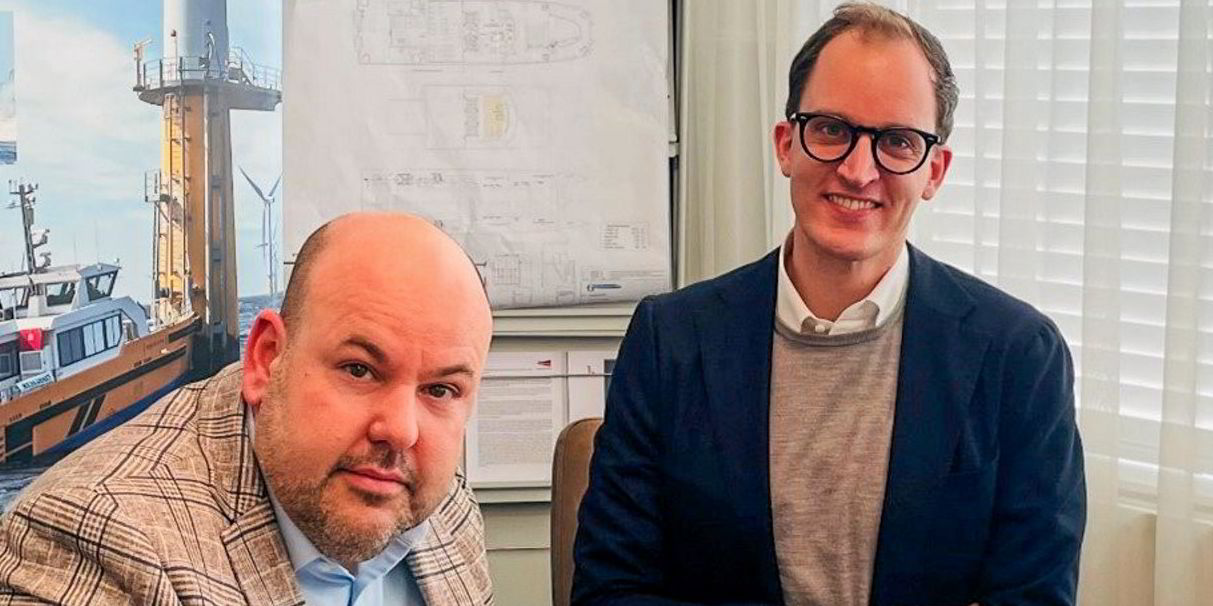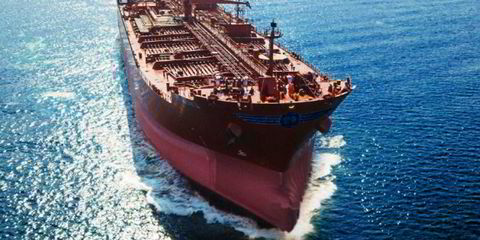UK group James Fisher believes shipowners can cash in on a domestic offshore wind sector growing at an ‘exponential’ rate
Expansion of 16% year-on-year is likely, according to RenewableUK.
Jim Hey, group business development director at the shipowner, said this puts the country on track to deliver up to 47GW of installed capacity by 2030.
With larger turbines being installed further out at sea, vessels and crews will be travelling greater distances and working for longer periods of time in harsher environments, he explained.
“While we have long relied on crew transfer vessels, they become increasingly uneconomic, inefficient, and uncomfortable for sites more than 50km from shore,” Hey told TradeWinds.
He believes building the next generation of service operation vessels (SOVs) is not only vitally important to facilitate the efficient operation of wind farms, but also presents a significant employment opportunity.
“Leveraging the latest innovations, while offering improved comfort and workability, thousands of jobs are set to be created through the design, fit-out, crewing, provisioning and maintenance of the next generation of SOVs,” he added.
Based on the projected pipeline, the UK will need at least 28 new SOVs by 2031 to meet demand, according to BVG Associates.
“In a perfect world, we as an industry would have lined all our ducks up in a row so that the manufacturing of this new generation of SOVs would have meant UK jobs for UK vessels,” Hey said.
“However, establishing suitable UK shipbuilding capacity and capability in such a short time frame is prohibitively onerous and expensive when facilities already exist abroad," he added.
Looking to Asia
The UK and potentially many other European countries will be largely reliant on shipyards in China, Turkey, South Korea and India, the executive argues.
But there will be a need for UK-based teams to work closely with their colleagues on the ground to supervise shipbuilding to ensure quality execution, he added.
The latest SOVs are being designed with modularity and scalability in mind, Hey said.
Many will be able to be built in multiple yards simultaneously or be converted to construction support vessels if required.
“These new designs also offer significant fuel savings, are package-protected for future fuels such as methanol and will typically have options for future conversion to semi or all-electric, or hydrogen fuel cell,” Hey said.
While shipbuilding may not be an option, UK port jobs could be created.
Barrow-in-Furness, Grimsby, Lowestoft and Aberdeen are all set to benefit substantially from increased offshore wind activities.
Hey gave the example of James Fisher’s £25m ($30.6m) contract to deliver offshore services to support the construction of the Galloper Offshore Wind Farm 30km off the coast of Suffolk, which delivered more than 100 local jobs.
Focusing on UK seafarers
Crewing opportunities also exist.
Sourcing seafarers from countries such as Poland, Ukraine and the Philippines is typically more cost-effective, Hey said.
“So, it must be acknowledged the UK has a challenge when it comes to providing a competitive offering,” he added.
There is debate about whether introducing maritime cabotage laws to the UK would put companies off from trading here, Hey explained.
However, Australia, the US and Taiwan for example, all have local content requirements that ultimately support local jobs, skills and the economy, he said.
“By our estimates, if we wanted to achieve a 50% UK crew, for example, a £1.3m investment per annum per SOV would be required by the charterer, based on a crew of 21,” Hey added.






